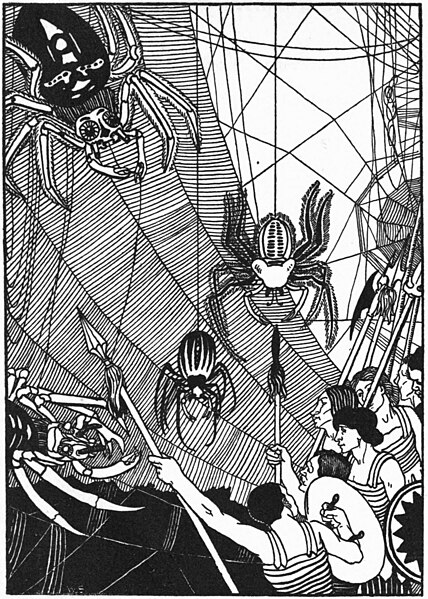Dialogues of the Gods are 25 miniature dialogues mocking the Homeric conception of the Greek gods written in the Attic Greek dialect by the Syrian author Lucian of Samosata. There are 25 dialogues in total. The work was translated into Latin c. 1518 by Livio Guidolotto, the apostolic assistant of Pope Leo X.
Dialogues of the Gods (This manuscript contains ten of the dialogues of Lucianus)
Athena is born from Zeus's forehead as he grasps the clothing of Eileithyia on the right; black-figured amphora, 550–525 BC, Louvre.
Selene and Endymion, antique fresco from Pompeii.
The Death of Hyacinthus, oil painting by Méry-Joseph Blondel.
Lucian of Samosata was a Hellenized Syrian satirist, rhetorician and pamphleteer who is best known for his characteristic tongue-in-cheek style, with which he frequently ridiculed superstition, religious practices, and belief in the paranormal. Although his native language was probably Syriac, all of his extant works are written entirely in ancient Greek.
Bust of Epicurus, an Athenian philosopher whom Lucian greatly admired
Illustration from 1894 by William Strang depicting a battle scene from Book One of Lucian's novel A True Story
Hermes, the messenger of the gods, is a major recurring character throughout many of Lucian's dialogues.
Statue of the snake-god Glycon, invented by the oraclemonger Alexander of Abonoteichus, whom Lucian satirizes in his treatise Alexander the False Prophet








